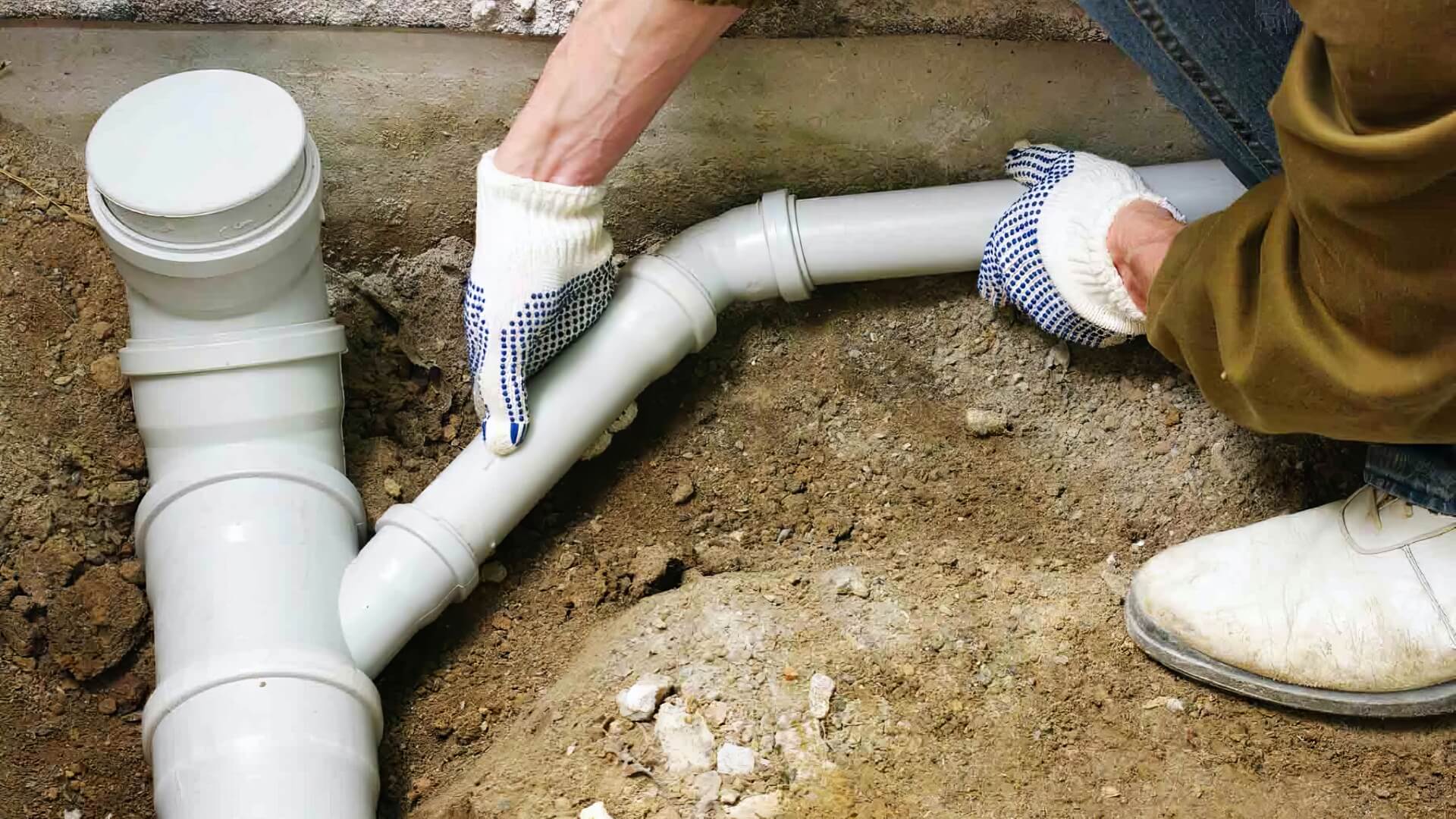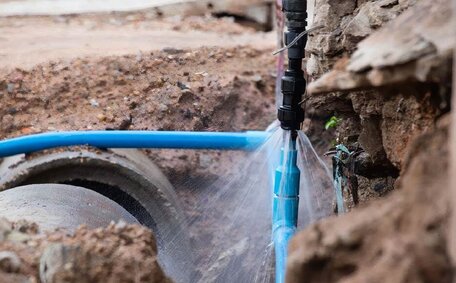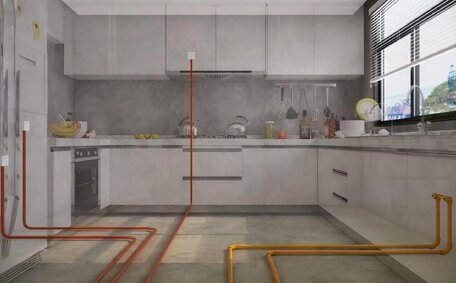Introduction to Natural Gas and Propane
Australian households frequently use both propane and natural gas for everyday activities like heating and cooking. Despite their lower pollutant emissions, they have distinct differences in composition, energy efficiency, storage, and cost, with natural gas consisting largely of methane.
Comparisons between natural gas and propane often note that natural gas is a naturally occurring hydrocarbon gas, whereas propane is a by-product of processing natural gas. Though used interchangeably, propane offers a higher energy density, easier compressibility for storage, and is typically more costly than utility-provided natural gas.
This article will explore the difference between propane and natural gas, delving into their comparisons and contrasts. We’ll look at the energy content, efficiency, transportation and storage, pricing, environmental impacts, usage applications, and safety considerations of each fuel option. Understanding these differences can help households decide whether natural gas or propane better suits their needs.
Comparing the Chemical Composition and Energy Content
When looking at the chemical makeup, natural gas consists primarily of methane, typically making up 87-97% of its composition. The rest includes small amounts of ethane, propane, butane, and other gases. Propane, also known chemically as propylene (C3H8), is a standalone gas.
In terms of energy content, propane packs a much bigger punch than natural gas.
One cubic foot of propane generates approximately 2.5 times the energy in British Thermal Units (BTUs) than the same volume of natural gas. That means if your stove or heater is fueled by propane, you will get significantly more energy output from the same amount of fuel consumed.
Propane boasts an energy density of around 91,500 BTUs per gallon, in contrast to natural gas which provides about 1,037 BTUs per cubic meter. Thus, volume-wise, propane delivers more energy, providing an efficiency edge over natural gas, which however is priced lower per BTU.
Methane vs Butane - How They Impact the Environment
It’s essential to consider the distinct environmental impacts of methane and butane. Methane, a key component of natural gas, is a strong greenhouse gas with a global warming potential exceeding that of carbon dioxide by more than 25 times over a century. The main component of natural gas, leaks and improper methane combustion/flaring have a much higher potential to contribute to climate change.
Emissions from propane and butane, which are components of liquefied petroleum gas, originate from fossil fuels, with butane having a lower direct global warming impact upon combustion. As components of gas LPG like propane, butane emissions can contribute to decreased air quality and respiratory issues but possess a lower carbon footprint compared to coal and oil.
Propane emits less carbon dioxide per BTU of heat produced due to its higher energy concentration per cubic foot compared to natural gas.
Analyzing the Energy Efficiency and Costs
When analysing energy efficiency, differences between natural gas propane are evident, with propane holding a clear advantage. As highlighted, propane is more efficient, offering approximately 2.5 times more BTUs per cubic foot than natural gas. This indicates a higher energy yield from the same volume of propane used.
Although setting up infrastructure for natural gas is costly, it provides a reliable supply and typically incurs reasonable ongoing costs.
Therefore, while propane provides more BTUs per unit, natural gas usually comes at a lower cost per BTU when factoring in infrastructure differences. Residentially, propane costs about $0.40 per million BTU, while natural gas ranges from $0.15 to $0.25 per million BTU, depending on the area.
When we use heating at home or fueling appliances, the efficiency gains from propane’s energy density may or may not offset its typically higher costs in the long run.
Propane offers warmth and efficiency advantages over alternatives such as heating oil or electric systems. Where natural gas lines are inaccessible, propane serves as an energy-rich alternative that is more affordable than other fuel options. Understanding both the energy content and costs helps households determine if one fuel choice makes more practical and financial sense for their specific energy needs.
Factors Influencing Convenience and Accessibility
In terms of convenience and reach, essential differences between propane and natural gas are noteworthy.
Natural gas CNG, including its variant compressed natural gas, often relies on extensive pipeline infrastructure for direct transportation to homes and businesses. If gas lines are already installed in an area, having a continuous natural gas supply piped right to your appliances or furnace can be very convenient. However, gas pipeline availability is not universal, notably in rural or remote areas.
Propane can be conveniently stored and transported in pressurised tanks, unlike liquefied natural gas, thus avoiding the requirement for specialized infrastructure. This makes it more accessible for homes beyond existing gas pipeline networks. Propane tanks can readily be installed, filled, and replaced as needed, giving propane an advantage in terms of delivery flexibility.
Conversely, managing propane tank delivery, replacement, and refilling involves more active consumer engagement compared to the simplicity of a monthly natural gas bill. So while propane offers improved accessibility for those without existing pipelines, natural gas provides greater convenience in areas with established gas line infrastructure.
Urban homes typically have access to natural gas lines, presenting a more convenient option where such infrastructure exists.
Safety Considerations for Leak Detection and Prevention
When using any gas CNG fuel, safety should always be the top priority. Both natural gas and propane pose risks if leaks go undetected or proper precautions aren’t taken.
To illustrate a key difference, providers add odorous substances such as mercaptan to natural gas for easier leak detection. Do not use phones, activate lights, or create sparks which might ignite compressed natural gases.
Natural gas, being lighter than air, rises and is thus more readily detected, whereas propane is heavier and can accumulate at floor level in the event of a leak. Compressed natural gas, being a gas lighter than air, will rise toward ceilings upon release.
All piping, connections, valves and tanks should be regularly inspected by qualified professionals to identify and address any corrosion, damage, or wear issues before leaks develop. Should you suspect a leak or smell gas, an indicator of a gas leak, immediately evacuate and contact emergency services.
Installing gas detectors can help identify areas where dangerous gas levels might accumulate, posing a threat to life. Consider installing these as an added safety net. And always follow manufacturer instructions when using natural gas or propane appliances to prevent mishaps.
Choosing the Right Fuel Source for Your Home
When deciding between natural gas or propane for your home, there are several key factors to weigh up.
In terms of energy efficiency, propane offers about 2.5 times the energy output per cubic foot compared to natural gas. However, infrastructure costs for continuous pipeline supply mean natural gas typically has a lower price per BTU taking these overheads into account.
Safety is paramount with both fuels. Odorants help detect leaks, but propane in particular can accumulate at floor level presenting an asphyxiation risk in enclosed spaces. Adequate alarms and ventilation are essential.
For accessibility, propane’s portability in pressurised tanks means it can be used anywhere, whereas natural gas is dependent on piping infrastructure. This can make propane preferable for rural homes situated away from existing gas pipelines.
In the case of system changes, swapping between fuel sources may require compatibility assessments and upgrades to pipework, metres, appliances. Consult licenced professionals like our gas fitters if considering such a switch.
Be sure to do thorough research and consult with experts to understand the energy needs and options available for your specific location. Contact our experienced team at Hurstville Plumbing for help with adapting natural gas or propane solutions to your home’s specific needs.






